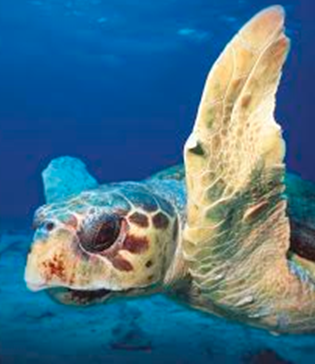Speaker
Dr
Jure Jugovic
(Univerza na Primorskem)
Description
Artificial water reservoirs, such as ponds, are typical for the dry limestone plateau of SW Slovenia. These waterbodies are largely situated near villages and differ in size, structure, location and purpose. Over generations ponds developed into semi-natural wetlands that form a network of stepping stone habitats for many species and represent the only aquatic habitat suitable for amphibian breeding in the area. They are thus recognised as important conservation sites for freshwater biodiversity. The aim of this study was to establish biotic and abiotic determinants of amphibian breeding habitat selection in the Karst plateau. For this purpose we surveyed 12 ponds in the Škocjan Caves Park and 21 ponds in the Karst edge area. Hydro-morphological parameters, habitat types and land use in a 100 m surrounding area, and physical and chemical parameters were assessed for each pond. Presence and abundance of different stages of amphibians were evaluated using dip-nets following a standard sampling protocol for amphibians. Presence of fish was also recorded. These data were used to inspect for the possible correlation between the subset of selected parameters with multivariate statistical analyses: Non-metric Multidimensional Scaling (NMDS 1), Minimum Spanning tree and Canonical correspondence analysis (CCA 1). In total, nine amphibian taxa were recorded. Amphibian diversity was highest in a large pond situated in the village of Socerb (eight species). On the other hand, two ponds were devoid of amphibians, and seven held only one species. These sites were either concrete ponds or were populated by fish, and thus less adequate for most amphibians. Smooth newts (Lissotriton vulgaris), Italian crested newts (Triturus carnifex) and agile frog (Rana dalmatina) were shown to be the less selective species in this region, as were present and abundant at most sites. More restricted were the Alpine newt (Mesotriton alpestris), fire salamanders (Salamandra salamandra) and green frogs (Pelophylax sp.). Amphibian survival in the Karst area is completely dependent on these artificial wetlands, however modern farming practices lead to their deterioration. Additionally, the establishment of invasive species such as gold fish pose an even greater threat to these globally declining animals.
Author
Martina Lužnik
(UP FAMNIT)
Co-authors
Felicita Urzi
(UP FAMNIT)
Dr
Jure Jugovic
(Univerza na Primorskem)
Ms
Sara Zupan
(University of Primorska Faculty of Mathematics, Natural Sciences and Information Technologies)

